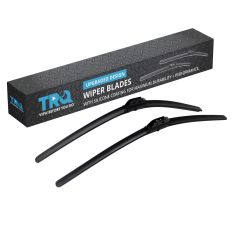1ASHS00008-Chevrolet GMC Cadillac Front Driver & Passenger Side 2 Piece Wheel Bearing & Hub Assembly Set TRQ BHA53303











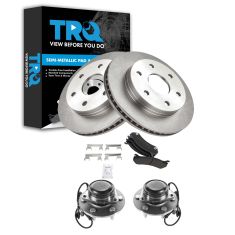

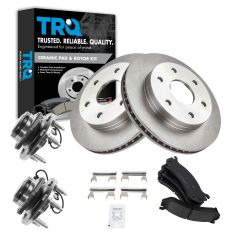
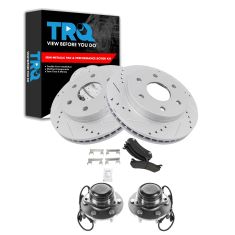

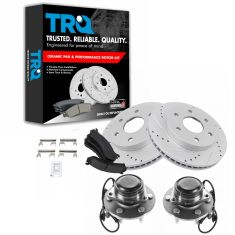
Replaces
2003 Cadillac Escalade Rear Wheel Drive Front Driver & Passenger Side with 6 Lug Wheels 2 Piece Wheel Bearing & Hub Assembly Set TRQ BHA53303






Recommended for your 2003 Cadillac Escalade
You may also like

Semi-Metallic 5 Piece Brake Pad & Rotor Kit
$271.95

Semi-Metallic 5 Piece Brake Pad & Rotor Kit
$279.95

Ceramic Brake Pad & Rotor Kit with Wheel Bearings
$284.95

Brake Pad & Rotor Kit
$284.95

Ceramic Brake Pad & Rotor Kit with Wheel Bearings
$294.95

Ceramic Performance Brake Pad & Rotor Kit with Wheel Bearings
$299.95
Product Reviews
Loading reviews
Customer Q&A
No questions have been asked about this item.
Cadillac is a registered trademark of General Motors Company. 1A Auto is not affiliated with or sponsored by Cadillac or General Motors Company.
See all trademarks.







